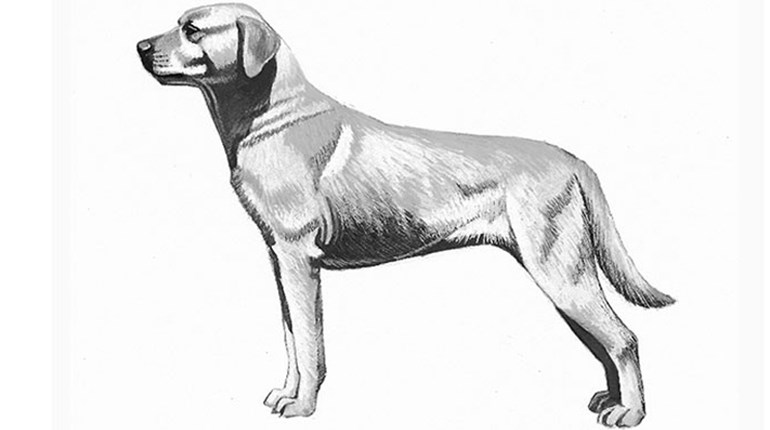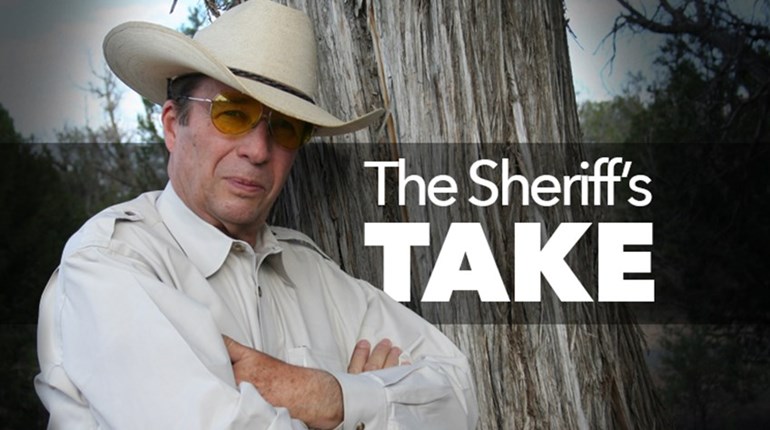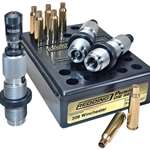There’s not a more exciting time in a home than “puppy time,” when that new gundog pup prances through the door and into our lives. However, don’t kid yourself: It also tends to signal the start of a highly busy, stressful few weeks. The puppy isn’t housebroken. It chews everything in sight. And heaven help you if you get a barker. I once offered a friend my truck if he’d just watch my puppy while I slept for three continuous hours, something I hadn’t done in weeks. A small part of me was actually serious.
But anyhow, enough of the negative aspects. Puppies are supposed to be fun, and they are. The key to ensuring a positive experience for both you and your pup is a little commonsense and preparation. Here are some tools and tips.
House-breaking
Not long ago, “Dad’s hunting dog” was kept outside, lest he grow soft or lose his drive. That philosophy has faded, and many (if not most) families with a gundog or two now keep them inside. This warrants a discussion on house-training.
Your goal in the first 24 hours—and for that matter the first few weeks—is establishing a consistent routine with your puppy. It starts with crate training, of which I’m a firm believer.
The proper-size crate allows the dog to stand up and spin around, but is not so large as to allow him to go potty in a corner. Not only is it useful in house-training, but it keeps your dog and your belongings safe when you leave home. For the first 24 hours, especially, command “outside” every 30 to 60 minutes, followed by the command “go potty” when your pup is in the designated area. When he succeeds, be sure to lay on the praise, optionally providing a treat.
Other good times to let the pup outside include first thing in the morning, after he wakes from naps (never wake a sleeping puppy though), before bed and within 15 minutes of a meal. A good rule of thumb is that your puppy may be left in its crate the number of hours equal to his age in months plus one. However, more frequent trips are preferable.
For the first 72 hours, indoor play should be limited to avoid accidents—at this point the pup literally doesn’t know the difference between inside and outside. In time, the pup will grow to understand the concept, but occasional accidents are normal. Your goal is to closely observe the pup so that you can catch him in the act. Tell him “no” (firmly but not too harsh), pick him up, take him outside and command “go potty.” You just reaffirmed that going potty must be done outside.
If you discover an accident after it’s occurred, little can be done aside from being more observant next time. Don’t discipline the dog, as his mind’s on other things and he won’t associate it with his prior actions. Rub his nose in it? That might make you feel better, but it won’t teach the dog anything other than to distrust you.
Above all be patient and accept that accidents are bound to happen. Be fair to your pup and keep his routine consistent. He’ll do the rest.
Basic Obedience Training
As your gundog pup progresses with house breaking, you can also begin to lay the foundation of his hunting training with some basic obedience. There are three basic commands you can teach a pup of almost any age: sit, come and heel. For all early training, it’s best to select a distraction-free environment, let the pup play first to run off excess energy, and limit sessions to 5 to 10 minutes.
So, let’s get started. As soon as my pups know their names, I teach them to sit and walk on a leash, which can essentially be done simultaneously. Start by placing the leash around your pup and taking a step or two. Encourage the pup to follow by snapping your fingers or patting your leg, and talking to him in an excited voice. Don’t worry if he tries to bite the leash, as this is common. He just thinks you’re playing. If he walks too slowly, keep the encouragement up while commanding “heel”; if he goes too quickly and tugs on the leash, stop walking, encourage him to come to your side while commanding “heel”, and then proceed.
As your dog improves, you can introduce the “sit” or “hup” command during his daily walks. I find this works well because the leash helps keep his attention. Begin by tapping your chest or saying the dog’s name to get him to look at you. Then command “sit” or “hup” and extend your palm toward him. For some dogs, this is all it takes for them to fall onto their rear ends into a sitting position, at which point you can lay on the praise. However, small treats can also be helpful. Stand in front of your dog, command “sit” and simply move the treat from near the dog’s nose toward his back until he rocks back and sits. Then reward him with the treat.
Another important lesson is the “come” command, which will later prove useful in everything from calling the dog in during a hunt to encouraging him to make a retrieve. The command can be used whenever the pup is running to you for a meal or coming to the door following his morning jaunt—in this way it becomes a fun word for him. If he struggles, you can place him on a 20-foot check cord, say his name followed by “come” and tug him gently to you, rewarding him with his favorite treat once he reaches you. Start close, perhaps just a few feet from him, and gradually increase the distance.
How to Cure Incessant Barking
One of the most common annoyances is a puppy that barks incessantly. Generally this occurs while the pup is in his crate for the night or during the housebreaking process. Why do pups bark and cry? He isn’t just trying to be a pain—he wants your attention—and you must teach him that barking is not the way to get it. Believe me, I know how tempting it can be to go to a barking dog, but you have to ignore it. It will go away in time. Giving up and letting the dog out is the wrong move, as all you’ve done is taught the pup to be persistent. Another common mistake is telling the puppy “no” or “quiet,” which in reality reinforces the behavior by letting the dog know you indeed hear him or providing him what he considers attention. The best response is simply none at all. Once the dog is quiet, you can approach the crate, praise him and offer a treat. That nice, calm behavior is what we want to reinforce.
Eventually you want to teach your puppy that it’s OK to be alone in his safe space (the crate), but for the first 72 hours it’s okay to crate the pup at your bedside. This may reduce his urge to bark, and you can further soothe him by draping your arm over the side of the bed to let him know you’re there.
If your pup barks while you’re in the room with him, he likely just wants to run to you for attention. Draping a towel over the crate may prove effective in calming him.
Are Toys OK?
There was a time when I never allowed bird dog pups to have toys, but my thinking has evolved on the subject—with a few ground rules. The toys should never be used in training, e.g. playing fetch, and the dog should never be allowed to play with bumpers or other training implements. The toys mustn’t contain squeakers or anything that might encourage chomping on them, as I fear this could translate to hard-mouthing birds. And family members should never use the toys to engage in tug of war with the dogs, because it also leads to hard-mouth as well as dominance issues.
Those concerns aside, I see no problem in allowing your pup a few toys. I believe dogs recognize the difference between toys and training tools, and toys can be of great benefit. For instance, your pup’s chewing instinct is such that he’s bound to chew something—may as well be a toy rather than your couch. And toys can further serve a purpose in this regard. If you catch your dog chewing something he shouldn’t, give him a firm but gentle “no”, remove the offensive material, give him the toy and praise him for taking it. Your pup will soon recognize that he’s allowed to gum up his toys, but other items in your home are off limits. It’s saved me a lot of aggravation since I began allowing my springers a toy or two.
Above all, be patient with your pup. This is a fun time—enjoy it—and remind yourself that your pup won’t always require such high maintenance. I find it’s helpful just to laugh it off when puppies act like puppies rather than follow my training. After all it’s nearly always my fault anyhow. Case in point: As I was writing this, my springer pup, Cash, escaped from his crate and shredded my favorite hat. You have to love puppies.





































